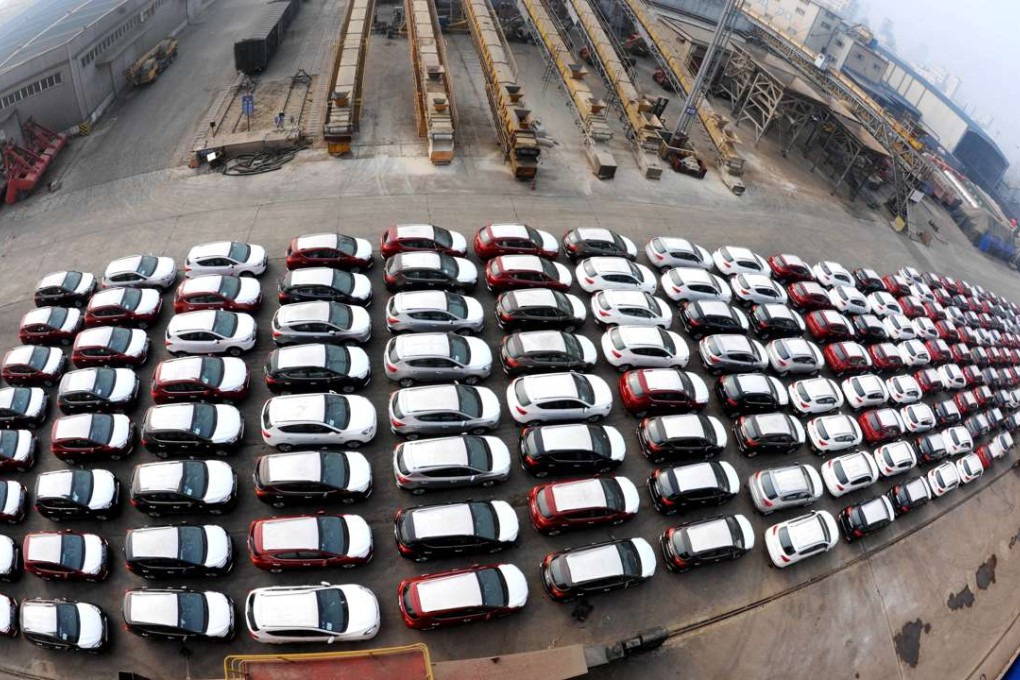Macroscope | Let’s hope world trade lull is just a snooze
Cyclical measures are assumed to be transitory; structural factors can be too

A World Trade Organisation report last week on trade performance in 2015 and on the prospects for this year painted a glum picture compared to the years before the 2008 financial crisis.
Global trade expanded by 2.8 per cent last year, with identical growth predicted for 2016. That would make it the sixth consecutive year in which exports have grown by less than 3 per cent – about the same rate as the annual increase in global gross domestic product over the same period.
In the pre-crisis years we were accustomed to see trade growth outpace GDP growth by a factor of nearly two. Averaging out the numbers from 1950 to 2007 – the year immediately before the “Great Recession” – real trade growth was 6.2 per cent a year and output growth was 3.8 per cent.
Trade performance in the post-recession period raises the question whether the world has changed and a robust contribution of trade to economic activity can no longer be relied upon. The debate continues on the relative weight of cyclical and structural explanations for the current state of affairs.
Those favouring a cyclical narrative emphasise the link between overall economic performance and trade growth. Until the macroeconomy recovers, trade will grow at much the same rate as GDP. In past decades it was true that when GDP growth was strong, trade growth was even stronger. And when GDP growth sagged, trade slowed even more.
Slower Chinese growth can explain part of what is happening now
By contrast, the structural line of thinking points to one-off occurrences in recent years that have boosted growth. This view also emphasises that, historically, trade has by no means always been as dynamic as in the post-war period, and that it had started to fall before the macroeconomy tanked in 2008.
